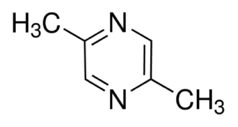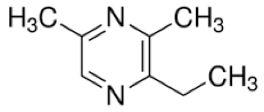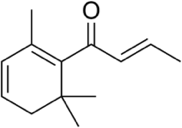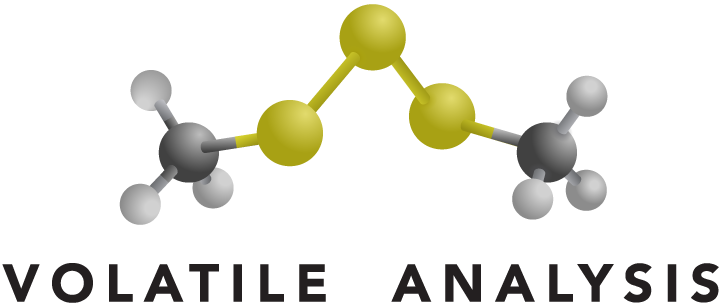 What is off-odor? The true answer is you’ll know it when you smell it! Doesn’t have to stink like dead fish or 2 week old ground beef left in the refrigerator, although those certainly are obnoxious. Off-odor can be a nice fresh floral smell, like that of a rose, only the rose aroma originates from a batch of freshly roasted pecans. The rose aroma doesn’t belong there. It detracts from the richness of deep, warm, roasted pecan aroma.
What is off-odor? The true answer is you’ll know it when you smell it! Doesn’t have to stink like dead fish or 2 week old ground beef left in the refrigerator, although those certainly are obnoxious. Off-odor can be a nice fresh floral smell, like that of a rose, only the rose aroma originates from a batch of freshly roasted pecans. The rose aroma doesn’t belong there. It detracts from the richness of deep, warm, roasted pecan aroma.
Many off-odor projects we tackle at Volatile Analysis involve issues akin to that of rose-pecan. Aroma chemistry tells us one very common fragrant molecule that has an aroma similar to rose is 2-phenylethanol. Others closely associated with rose aroma include cis rose oxide and beta damascenone.
Chemical structures of molecules with rose aroma including 2-phenylethanol, cis rose oxide, also known as (2S,4R)-2-(2-Methyl-1-propenyl)-4-methyltetrahydropyran, and beta-damascenone, also known as (E)-1-(2,6,6-Trimethyl-1-cyclohexa-1,3-dienyl)but-2-en-1-one.
The chemical class most responsible for roasted pecan aroma include pyrazines that develop during the roasting process. This class of chemicals is also found in roasted coffee, seared meats, chocolate, and many other common products (including tobacco smoke). They are produced via the Maillard reaction and require the presence of a reducing sugar and an alpha amino acid. Pyrazines responsible for nutty aroma include the simple ones below, as well as one known as “nutty pyrazine” with the long chemical name (7R)-7-methyl-6,7-dihydro-5H-cyclopental[b]pyrazine.


Simple chemical structures associated with roasted, nutty aroma: 2,5-dimethylpyrazine, 3-ethyl-2,6-dimethylpyrazine.
If we were tasked with determining why roasted pecans had a floral, rose off-odor, we would know it likely was due to one of those structures listed above, or something of similar chemical structure. To positively identify the off-odor we would employ an analytical technique called gas chromatography-mass spectrometry/ olfactometry (GC-MS/O). We would be able to rapidly identify the major (and minor) aroma active chemicals responsible for the overall roasted pecan aroma, including that contributing a rose off-odor!




